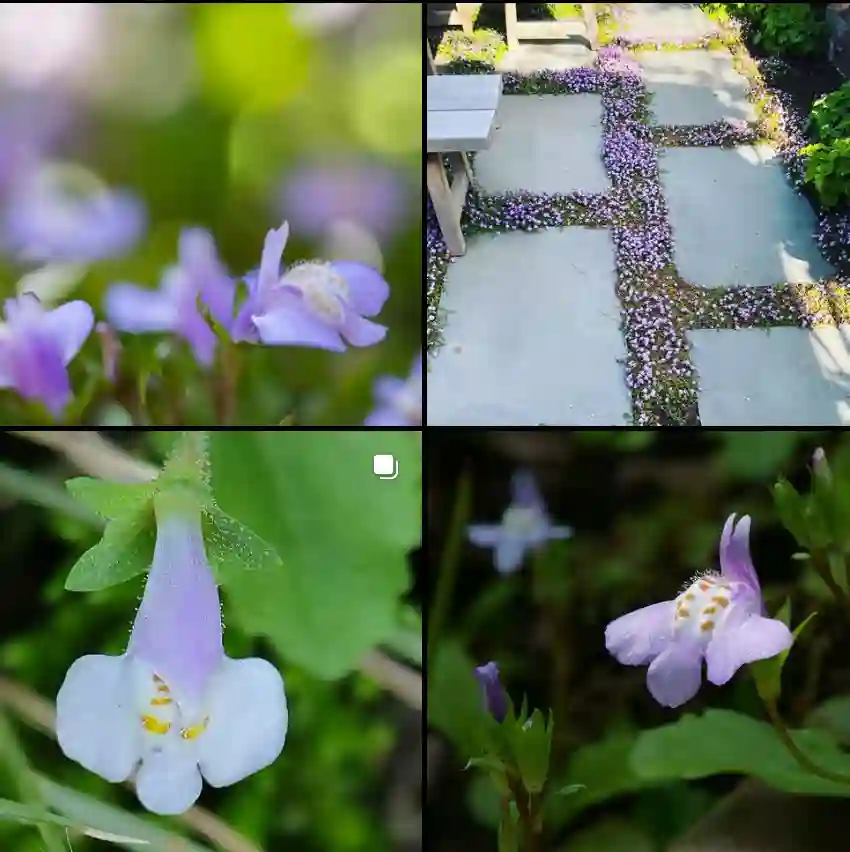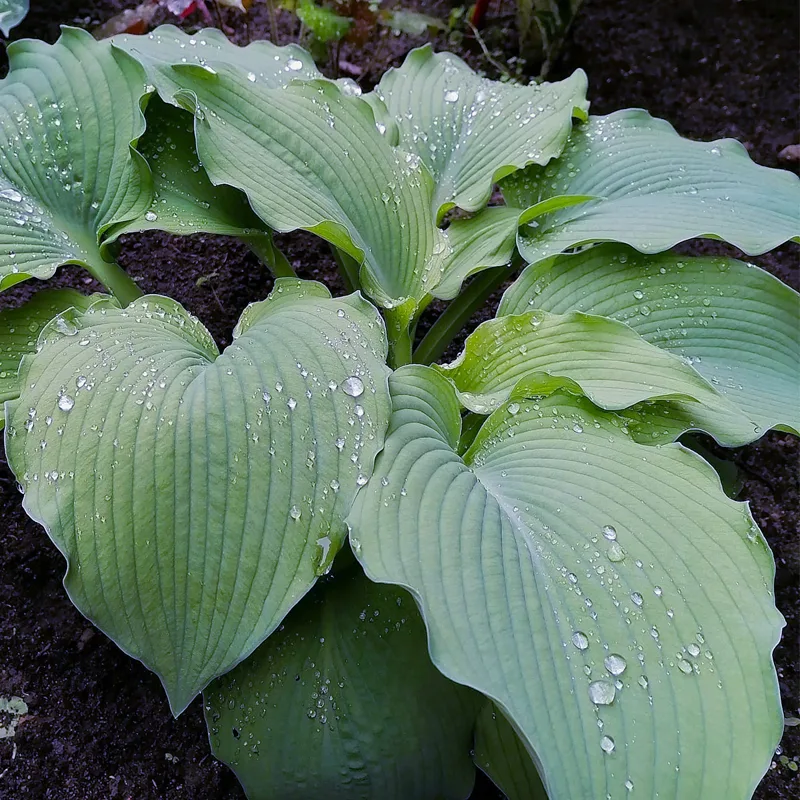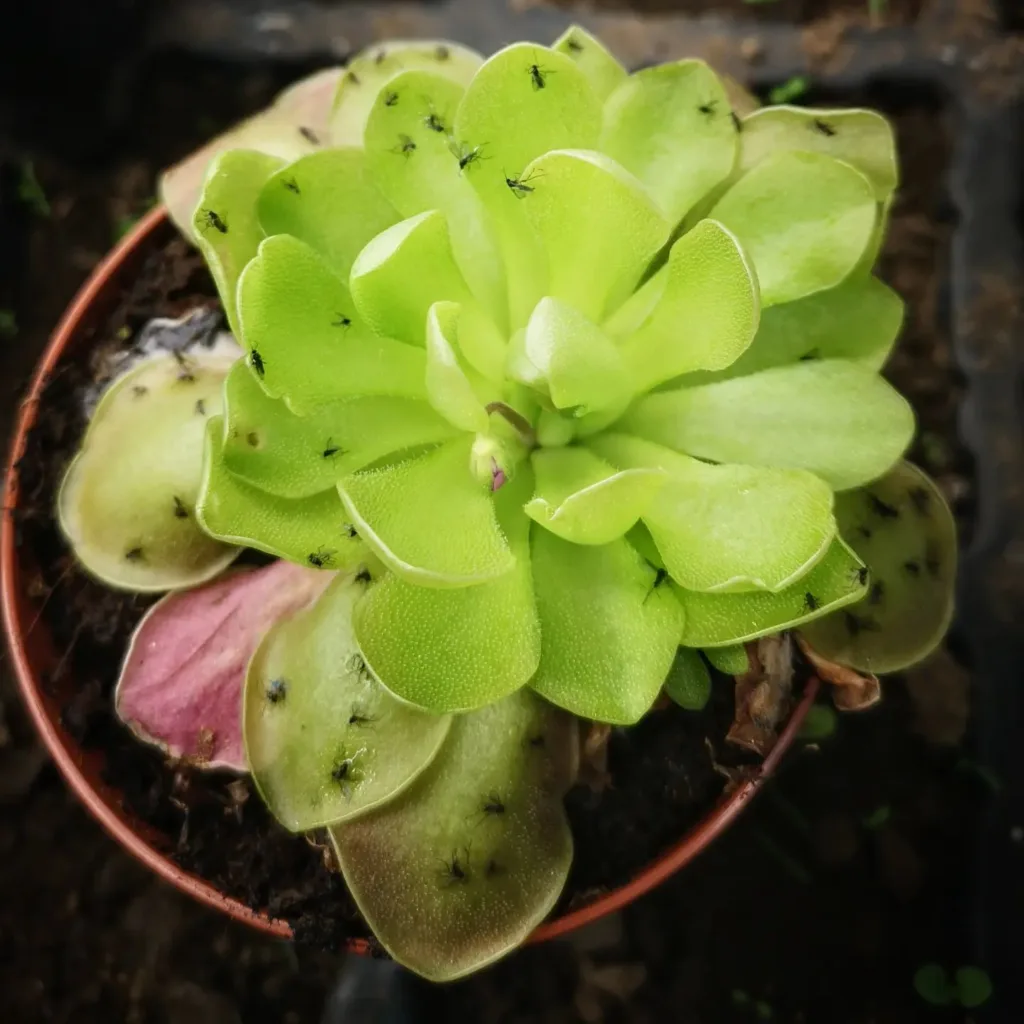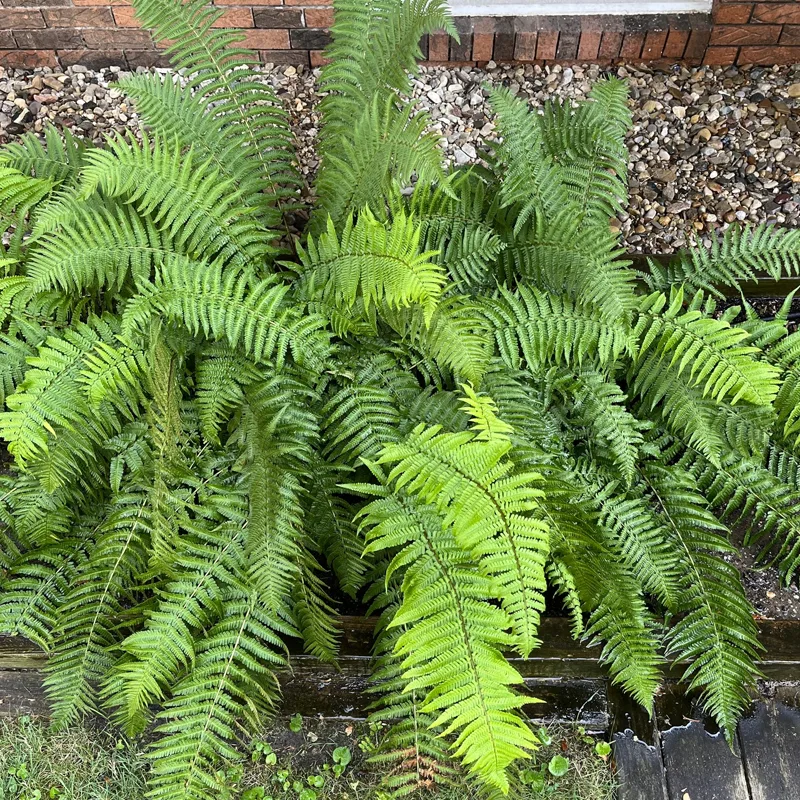
FAQs About the Baobab Tree: What You Need to Know
As someone deeply fascinated by unique plants, I’ve often found myself captivated by the Baobab Tree. With its distinctive appearance and impressive properties, it’s no wonder this tree garners so much interest. Let’s dive into some of the most frequently asked questions about the Baobab Tree, covering everything from its growth habits to its benefits.
What is Baobab?
The Baobab Tree, often referred to as the “Tree of Life,” is a remarkable species native to Africa. It belongs to the genus Adansonia – family Malvaceae and is known for its enormous trunk, which can store thousands of liters of water. This ability makes it crucial for surviving harsh, dry conditions. The tree’s broad, gnarled branches and its fruit, which resembles a large, furry pod, are also key features.
Plant Family: 246 Genera in Malvaceae
Adansonia species
- Adansonia digitata L.
- Adansonia fony Baill.
- Adansonia grandidieri Baill.
- Adansonia gregorii F.Muell.
- Adansonia madagascariensis Baill.
- Adansonia perrieri Capuron
- Adansonia suarezensis H.Perrier
- Adansonia za Baill.
How to Pronounce Baobab?
Pronouncing “Baobab” correctly can be a bit tricky for those unfamiliar with it. The name is pronounced as “bay-oh-bab.” The emphasis is on the first syllable, and the “bab” is pronounced softly.
Where Do Baobab Trees Grow?
Baobab Trees are native to Africa, particularly in the Sahel, Sudanian, and African savanna regions. They thrive in arid and semi-arid climates where they are well adapted to the extreme dryness. Interestingly, Baobabs can also be found in Madagascar and Australia. In these regions, the Baobab plays a vital role in the ecosystem by providing shelter and food for various animals.
What is Baobab Powder?
Baobab Powder is derived from the fruit of the Baobab Tree. The fruit is dried and then ground into a fine powder. This powder is a nutritional powerhouse, rich in vitamin C, fiber, and antioxidants. It’s often used as a supplement or added to smoothies, cereals, and other foods for a health boost.
What is Baobab Oil?
Baobab Oil is extracted from the seeds of the Baobab fruit. This oil is highly valued in skincare for its moisturizing and anti-aging properties. It’s rich in vitamins A, D, E, and F, which help nourish and rejuvenate the skin. Baobab Oil can be used in various cosmetic products or applied directly to the skin.
What Does Baobab Taste Like?
The taste of Baobab Fruit is often described as a mix of citrus and vanilla with a hint of caramel. It has a tangy, slightly sweet flavor that can add a unique twist to recipes. The fruit’s natural tartness makes it a popular ingredient in beverages and health foods.
Why Are Baobab Candles So Expensive?
Baobab Candles are known for their high quality and luxurious appeal, which contributes to their higher price. The cost is partly due to the premium materials used, including the Baobab Oil in the candles. Additionally, the candles are often handmade and come in beautifully designed containers, further driving up their cost.
Can Baobab Trees Grow in the United States?
Baobab Trees are not naturally suited to the climate of the United States, particularly because they require very hot, dry conditions to thrive. However, in regions with a similar climate, such as parts of southern Florida or southern California, it might be possible to grow Baobabs with careful management. They would need a well-drained soil and protection from cold temperatures.
What Animals Eat Baobab Trees?
Baobab Trees provide food for several animals. African elephants are known to feed on the bark and leaves, while various species of monkeys and birds also consume the fruit. Insects like beetles are attracted to the tree’s flowers and fruit, making the Baobab a vital part of the local food chain.
Baobab vs Camu Camu
Baobab and Camu Camu are both celebrated for their high vitamin C content, but they come from different regions and plants. Camu Camu, native to the Amazon rainforest, is a small, sour fruit with a very high concentration of vitamin C, even more than Baobab. On the other hand, Baobab has a broader range of nutrients, including fiber and antioxidants, making it a more versatile superfood.
Baobab vs Moringa
Baobab and Moringa are often compared for their nutritional benefits. Moringa, also known as the “drumstick tree,” is valued for its protein content and various vitamins, while Baobab is renowned for its vitamin C and fiber content. Both have significant health benefits, but Baobab is particularly known for its antioxidant properties and its role in digestive health.
Baobab vs Sequoia
Baobab Trees and Sequoias are vastly different despite both being impressive giants in the plant world. Baobabs are known for their massive trunks that store water, while Sequoias are recognized for their height and longevity. Sequoias can grow up to 300 feet tall and are among the oldest living trees, whereas Baobabs have a more bulbous appearance and are adapted to survive in arid conditions.
How to Care for Baobab Trees?
Baobab Trees are relatively low-maintenance but require specific care. They need full sunlight and well-drained soil to thrive. In colder climates, they should be grown in pots and brought indoors during winter. Regular watering is essential, but it should be moderate to avoid waterlogging.
How to Propagate Baobab Trees?
Baobab Trees can be propagated from seeds. Soak the seeds in water for a few days before planting them in a well-draining soil mix. Keep the soil moist and warm until the seeds germinate, which can take a few weeks.
What to Plant With Baobab Trees?
If you’re growing a Baobab in a garden, consider companion plants that can tolerate similar conditions. Drought-tolerant plants like succulents or hardy grasses work well. Avoid planting species that require a lot of water or shade, as they might not thrive alongside a Baobab.
Is Baobab Toxic?
Baobab Trees are not toxic. In fact, many parts of the tree, including the fruit, seeds, and leaves, are edible and have been used in traditional medicine and cuisine. However, always ensure that you are consuming products from a reputable source, especially when it comes to supplements and oils.
Benefits and Common Problems
The Baobab Tree offers numerous benefits, including its high nutritional value and its ability to support local wildlife. However, it can be challenging to cultivate outside its native environment. Common problems include susceptibility to pests and diseases, which can be managed with proper care and attention.
In summary, the Baobab Tree is a fascinating and beneficial plant with a range of uses and properties. Whether you’re interested in its nutritional benefits or its role in the ecosystem, the Baobab Tree is a remarkable species worth learning more about.
If i die, water my plants!



